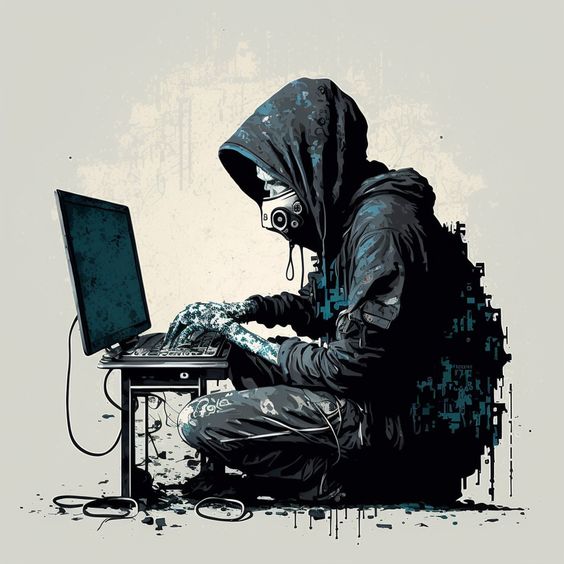Understanding the Threat Landscape: Key Concepts in Hacking and Cybersecurity
This blog explores critical aspects of hacking and cybersecurity, focusing on essential concepts and strategies to protect against various digital threats.
9/16/20242 min read


Understanding the Threat Landscape: Key Concepts in Hacking and Cybersecurity
In today’s digital world, cybersecurity has become a crucial concern for both individuals and organizations. With the increasing sophistication of cyber threats, understanding key concepts related to hacking and cybersecurity is essential for effective protection. This blog delves into fundamental terms and strategies to help you navigate the complex landscape of digital security.
Hacking and Cybersecurity
Hacking refers to the unauthorized access of computer systems or networks. Hackers use various techniques to exploit weaknesses in digital security, often for malicious purposes. In contrast, cybersecurity encompasses measures and practices designed to protect systems, networks, and data from such attacks.
Types of Threats
Malware is a broad category of malicious software designed to damage, disrupt, or gain unauthorized access to computer systems. It includes various forms such as viruses, worms, and Trojans.
Ransomware is a specific type of malware that encrypts a victim’s files, rendering them inaccessible until a ransom is paid to the attacker. This type of attack can have devastating effects on both personal and organizational data.
Phishing is a social engineering technique where attackers deceive individuals into divulging sensitive information, such as passwords or credit card numbers. Phishing often involves fraudulent emails or websites that appear legitimate.
Exploits and Vulnerabilities
Exploits are techniques used by attackers to take advantage of security vulnerabilities in software or hardware. A vulnerability is a flaw or weakness that can be exploited to gain unauthorized access or cause harm.
Defensive Measures
To combat these threats, several defensive measures are essential:
Firewalls act as barriers between your network and potential threats from the internet, monitoring and controlling incoming and outgoing traffic based on predetermined security rules.
Cryptography is the practice of securing information by encoding it so that only authorized parties can decode and access it. It plays a critical role in protecting data during transmission and storage.
Advanced Threats
Botnets are networks of compromised computers that are controlled by an attacker to perform coordinated attacks, such as DDoS (Distributed Denial of Service) attacks, which overwhelm a target system with traffic.
Intrusion refers to unauthorized access to a network or system. Detecting and preventing intrusions requires robust security measures and monitoring systems to identify suspicious activities and mitigate potential breaches.
Girlies
Have questions or need support? We’re here to help!
Enjoy
+1234567890
© 2024. All rights reserved.
